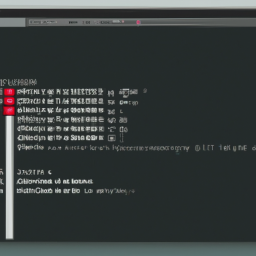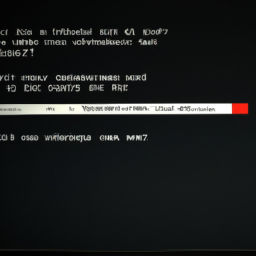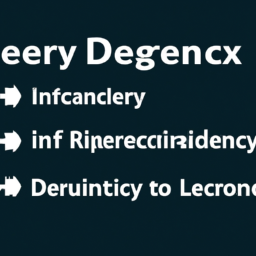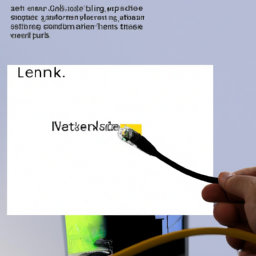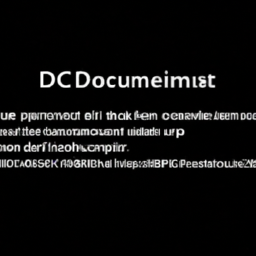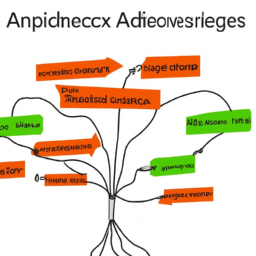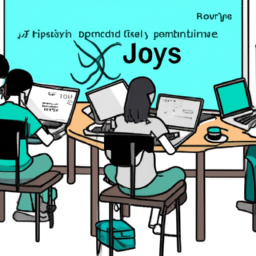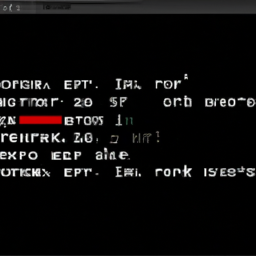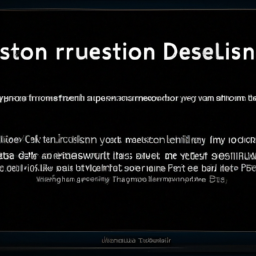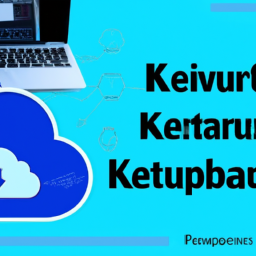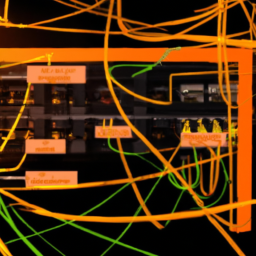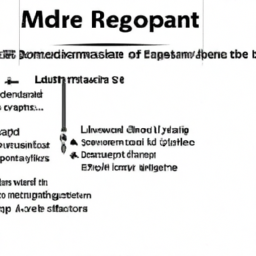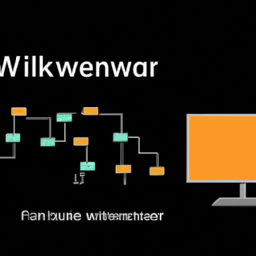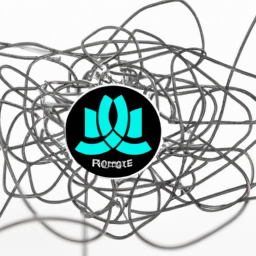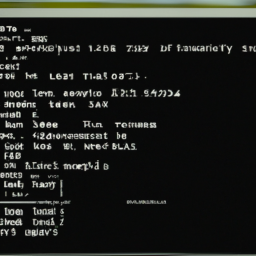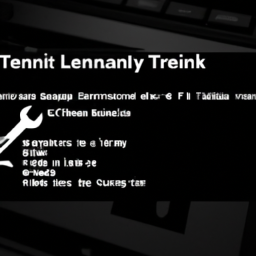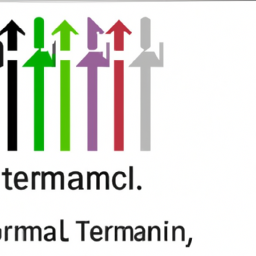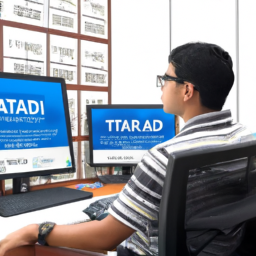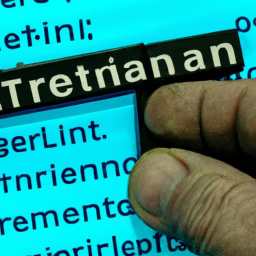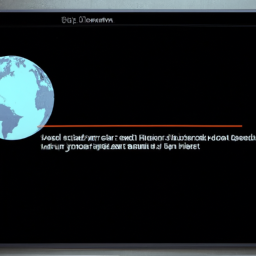Leaky Linux systems lead to lagging and lackluster performance. Understanding the impact of memory leaks on Linux performance is crucial for maintaining a stable and efficient system. Memory leaks, caused by programming errors, result in unused memory accumulating over time, causing system slowdowns, crashes, and even system instability.
Detecting these leaks is the key to resolving them and improving overall performance.
In this article, we delve into the causes and symptoms of memory leaks, shedding light on their detrimental effects on your Linux system. You will gain a deeper understanding of how memory leaks impact performance and stability, and learn effective strategies for detecting and resolving them efficiently.
Furthermore, we will share best practices for preventing memory leaks in Linux systems, ensuring optimal performance and reliability. Don’t let memory leaks drain your Linux system’s potential; arm yourself with the knowledge to identify and fix them, and unlock the true power of your Linux machine.
Key Takeaways
- Memory leaks on Linux systems can lead to lagging and lackluster performance.
- Memory leaks can cause system slowdowns, crashes, and instability.
- Detecting and resolving memory leaks is crucial for improving overall performance.
- Tools like Valgrind and AddressSanitizer can help detect memory leaks by tracking memory allocations and deallocations.
Causes and Symptoms of Memory Leaks
Memory leaks can cause a slowdown in Linux performance and can be identified by symptoms such as increased memory usage and system crashes. Understanding the causes and symptoms of memory leaks is crucial for maintaining a stable and efficient Linux system.
Common memory leak patterns include allocating memory dynamically and not releasing it when it’s no longer needed, resulting in a continuous accumulation of memory over time. To detect memory leaks, various tools are available, such as Valgrind and AddressSanitizer, which can help identify memory leaks by tracking memory allocations and deallocations.
These tools provide detailed reports highlighting the locations where memory leaks occur, aiding in the identification and resolution of these issues. Understanding the impact of memory leaks on performance and stability is essential for maintaining a robust and reliable Linux system.
Understanding the Impact on Performance and Stability
Imagine your computer as a finely tuned orchestra, where every instrument plays its part flawlessly. But lurking in the background is a silent saboteur, slowly draining away the harmony and stability, like a leaky faucet that drips away the performance of your symphony.
Common misconceptions about memory leaks often lead to underestimating their impact on Linux systems. While some may believe that memory leaks only result in minor inconveniences, the reality is far more severe. Real-life examples showcase how memory leaks can cause system crashes, slow down performance, and even compromise the stability of critical applications. These leaks gradually consume valuable system resources, leaving little room for other processes to operate efficiently.
Therefore, understanding the impact of memory leaks on Linux performance is crucial for maintaining a robust and stable computing environment.
Transitioning into the subsequent section, let’s explore strategies for detecting memory leaks.
Strategies for Detecting Memory Leaks
To effectively identify memory leaks in your system, you can employ various strategies that help you pinpoint the source and address them promptly. Here are four key techniques for isolating and debugging memory leaks:
-
Memory leak detection tools: Utilize specialized tools like Valgrind, AddressSanitizer, or LeakSanitizer to automatically detect memory leaks in your code. These tools analyze memory allocations and deallocations, highlighting any leaks.
-
Profiling: Use profiling tools like perf or gperftools to measure memory usage and identify abnormal patterns. These tools can help you identify areas of code that are responsible for memory leaks.
-
Heap analysis: Analyze heap data structures to identify memory leaks. Tools like HeapTrack and Massif can help you identify allocations that are not properly freed.
-
Code review and testing: Regularly review your codebase and perform thorough testing to identify potential memory leaks. Adopt best practices like using smart pointers or garbage collectors to minimize the chances of memory leaks.
By employing these strategies, you can effectively detect and resolve memory leaks in your system. Now let’s explore how to resolve memory leaks efficiently.
Resolving Memory Leaks Efficiently
One effective way to tackle memory leaks is by harnessing the power of specialized tools and techniques that act as detectives, swiftly uncovering the hidden culprits that silently drain away the vitality of your system. By using these tools, you can efficiently identify and resolve memory leaks, optimizing resource utilization and ensuring the smooth performance of your Linux system.
To aid in this process, consider using a combination of automated memory leak detection tools and manual inspection techniques. Automated tools, such as Valgrind or AddressSanitizer, can quickly identify memory leaks by monitoring memory allocations and deallocations. Manual inspection techniques involve carefully reviewing your code for potential memory leaks, such as unclosed file handles or unreleased memory blocks.
By utilizing these efficient memory management strategies, you can effectively resolve memory leaks and optimize the utilization of system resources. This sets the stage for the subsequent section, which will discuss best practices for preventing memory leaks in Linux systems without sacrificing performance.
Best Practices for Preventing Memory Leaks in Linux Systems
To prevent memory leaks in Linux systems, it’s essential to adhere to best practices that ensure efficient resource management and optimize system performance. Here are some memory leak prevention techniques in Linux:
-
Properly allocate and deallocate memory: Always use appropriate memory allocation functions such as malloc() and free() to allocate and deallocate memory. This helps avoid memory leaks caused by forgetting to release memory after it’s no longer needed.
-
Use tools for memory leak detection: Utilize tools like valgrind, which can help identify memory leaks by tracking memory allocations and deallocations.
-
Regularly test and debug code: Thoroughly test and debug your code to catch any memory leaks early on. This includes conducting memory leak tests and using debugging techniques like static code analysis.
Common mistakes that lead to memory leaks in Linux systems include not freeing allocated memory, forgetting to close open file descriptors, and not properly managing dynamic data structures. By following these best practices and avoiding these common mistakes, you can effectively prevent memory leaks and ensure optimal performance in Linux systems.
Frequently Asked Questions
How can memory leaks affect the overall performance and stability of a Linux system?
Memory leaks can significantly impact the long-term performance of a Linux system. When memory leaks occur, system resources are not properly released, leading to a gradual depletion of available memory. As a result, the system may become sluggish, experience slowdowns, and even crash.
Additionally, memory leaks can affect the stability and reliability of Linux applications, causing them to become unresponsive or exhibit unexpected behavior.
Regular monitoring and addressing of memory leaks are essential for maintaining optimal system performance.
What are some common causes and symptoms of memory leaks in Linux?
Memory leaks in Linux can be caused by factors such as poorly written code, failure to deallocate memory, or incorrect usage of memory allocation functions. Symptoms of memory leaks may include a gradual decrease in system performance, increased memory usage over time, and eventually, system crashes or freezes.
Identifying and resolving these issues is crucial to maintain the stability and performance of a Linux system.
Are there any specific strategies or tools that can help in detecting memory leaks in a Linux system?
To efficiently detect memory leaks in a Linux system, you can employ various strategies and tools.
One commonly used approach is to utilize memory debugging tools like Valgrind or AddressSanitizer. These tools can pinpoint memory leak issues by tracking memory allocation and deallocation patterns.
Another strategy involves monitoring the memory usage over time using tools like top or vmstat. These tools provide real-time information on memory consumption, helping you identify any abnormal memory usage patterns and potential memory leaks.
What are some efficient ways to resolve memory leaks once they are detected in a Linux system?
To resolve memory leaks in a Linux system, you can employ effective debugging techniques. Start by identifying the source of the leak using tools like Valgrind or AddressSanitizer.
Once the leak is detected, analyze the code and locate the allocation and deallocation points. Ensure that all allocated memory is properly freed to prevent resource depletion.
By resolving memory leaks, you can minimize the impact on system resources and improve overall performance.
Apart from resolving memory leaks, what are some best practices that can be followed to prevent memory leaks in Linux systems?
To prevent memory leaks in Linux systems, one best practice is to use memory leak prevention techniques. These techniques include proper memory allocation and deallocation, avoiding circular references, and minimizing unnecessary memory usage.
Additionally, using memory leak detection tools can help identify and fix memory leaks early on. These tools, such as Valgrind and AddressSanitizer, provide detailed reports on memory leaks, helping you catch and resolve them before they impact system performance.
Conclusion
In conclusion, understanding the impact of memory leaks on Linux performance is crucial for maintaining system stability and efficiency. By identifying the causes and symptoms of memory leaks, implementing effective detection strategies, and resolving them efficiently, system administrators can ensure optimal performance.
Following best practices for preventing memory leaks in Linux systems is essential to minimize the occurrence of these issues. Remember, a stitch in time saves nine, so being proactive in addressing memory leaks will save you from future headaches.


